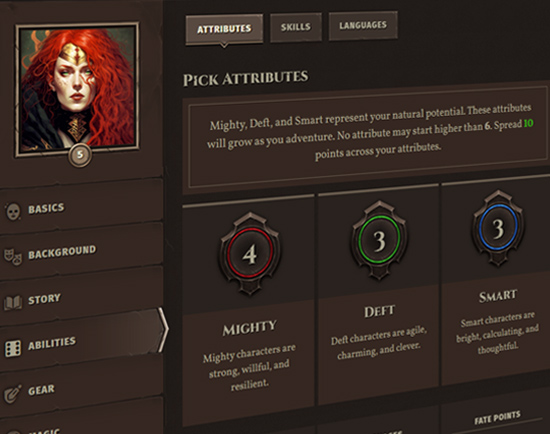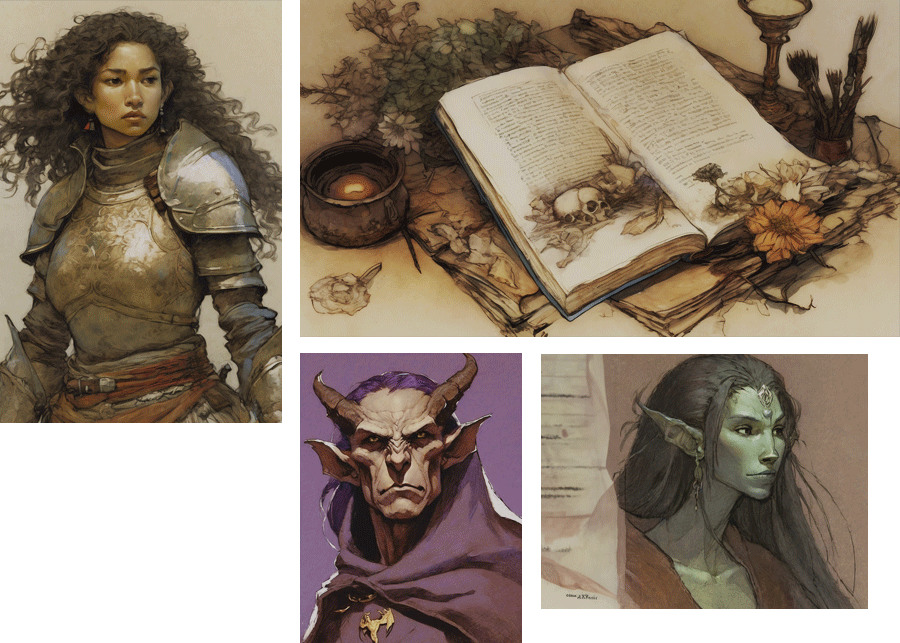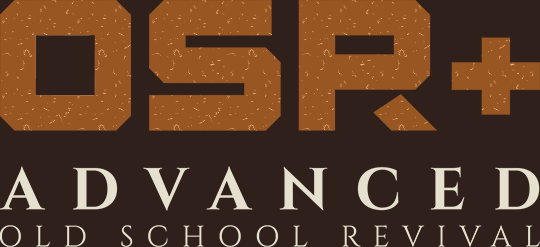They were neither beast nor god, but something far stranger: primal will incarnate, bound in flesh and flame.
—Isolde Harfax, Inquiries into the Elder GOds, Chapter XII
The dragons of the North are among the most fearsome beings in the history of Midworld. These immense flying serpents are widely regarded as the world's oldest creatures. Long before the High People took to their floating cities, the dragons roamed the Midworld as apex predators.
It is said that Asag and Pharkun are the dragons' progenitors. Among the Intercessors, the dragons are not unlike divine messengers turned rebellious against their heavenly host, Yevna. Rasan lore suggests the dragons were not divine at all, but living incarnations of the earth’s raw power—creatures whose passions fueled the fires of the prehistoric world prior to The Fall.
Scholars in the Library of Ambion posit that the dragons may have been among the original Rasa, spirits tied to elemental forces who gained flesh and became material beings in pre-recorded history. Their association with flame is believed to be metaphorical, because much like the Gods of Men embody man's attitudes toward the natural world, the dragons are purported to be instruments of the elemental forces of nature. Despite their defeat and imprisonment in the Northern Wastes, rumors persist of their dreams bleed into the material world, manifesting as northern lights or unseasonable storms that mark their restless sleep.
During the Great War, the first Lords of Men sealed the dragons beneath the frigid expanse of the Northern Wastes. The exact nature of this prison remains speculative; some say the dragons are chained within glacial catacombs, while others believe they are petrified, held in timeless stasis by ancient wards much like the Colossi.
 Archetypes
Archetypes Armor
Armor Classes
Classes Conflicts
Conflicts Cultures
Cultures Ethos
Ethos Flaws
Flaws Glossary
Glossary Kits
Kits Maleficence
Maleficence Origins
Origins Shields
Shields Skills
Skills Spells
Spells Stances
Stances Status Effects
Status Effects Tactics
Tactics Talents
Talents Techniques
Techniques Treasure
Treasure Weapons
Weapons












 Hall of Heroes
Hall of Heroes Hall of Legends
Hall of Legends



 Dungeons & Flagons
Dungeons & Flagons